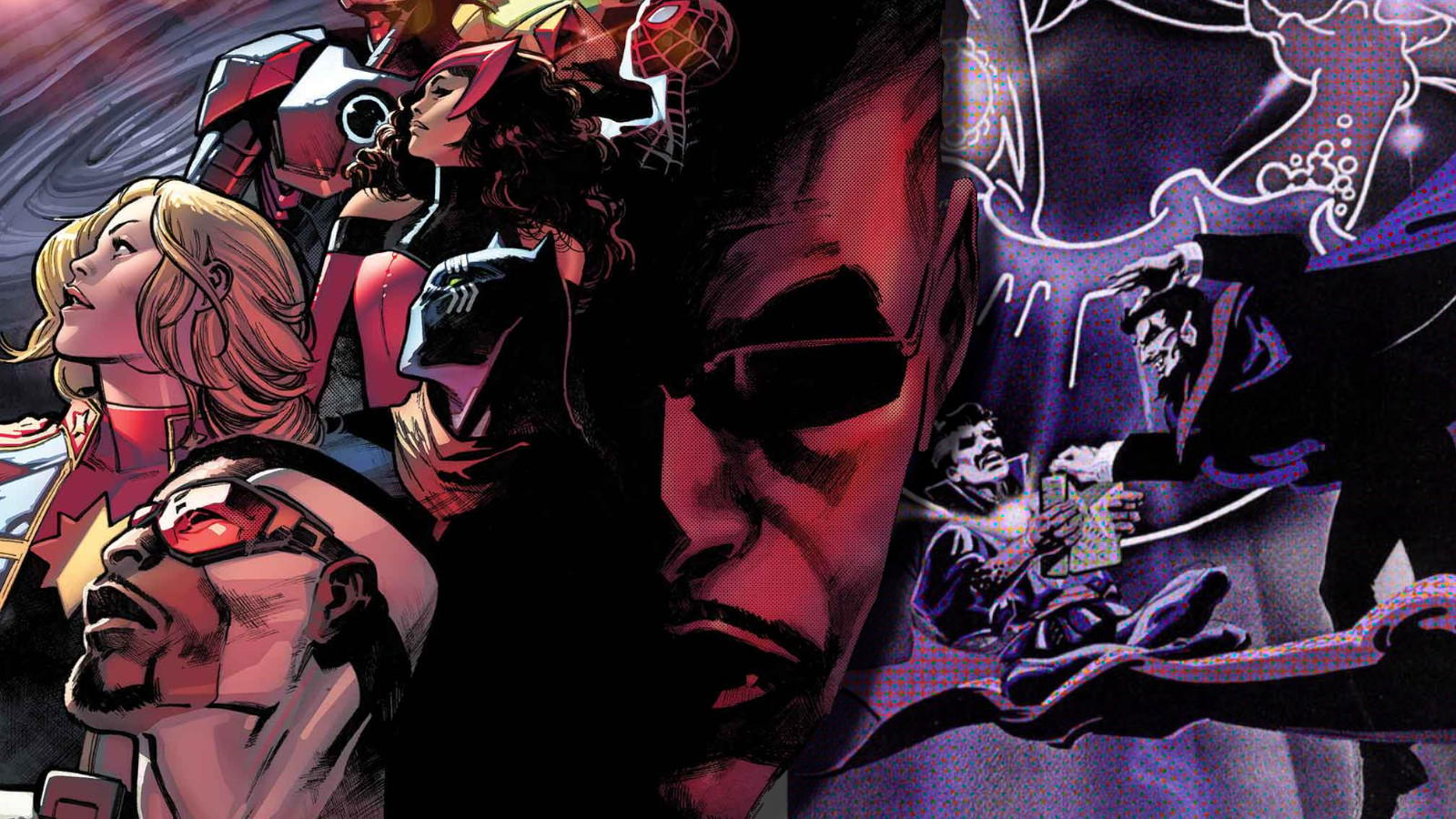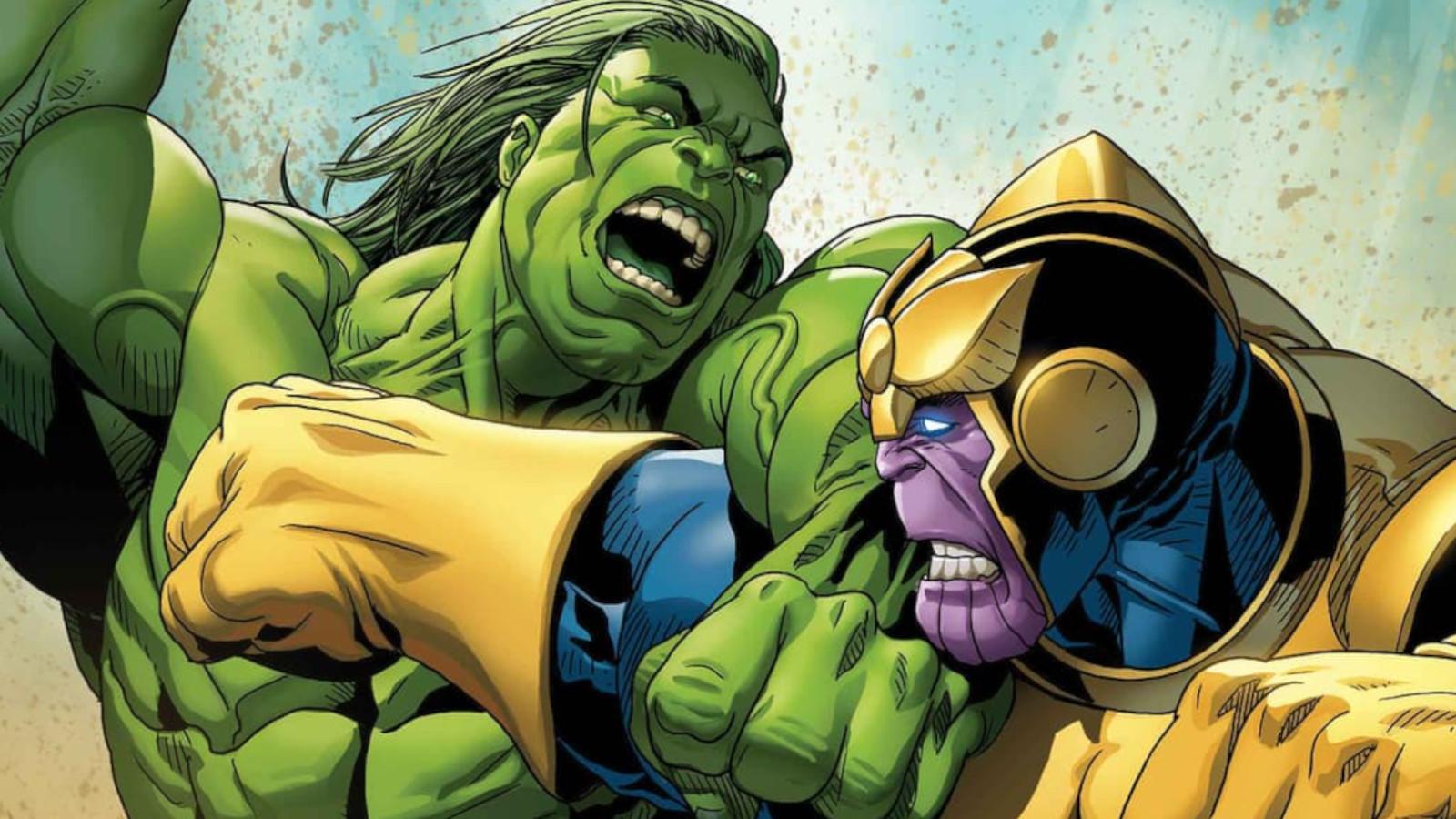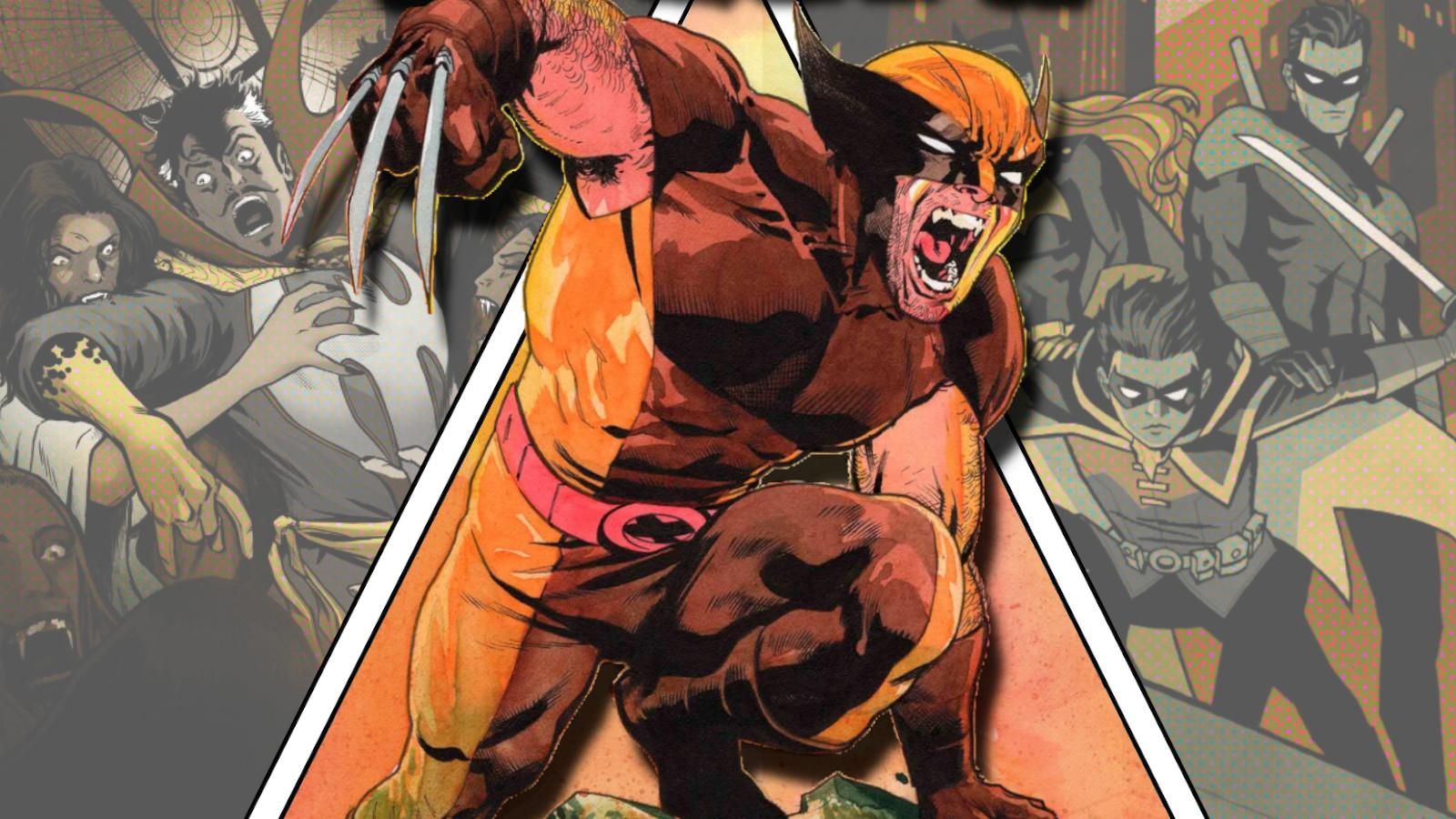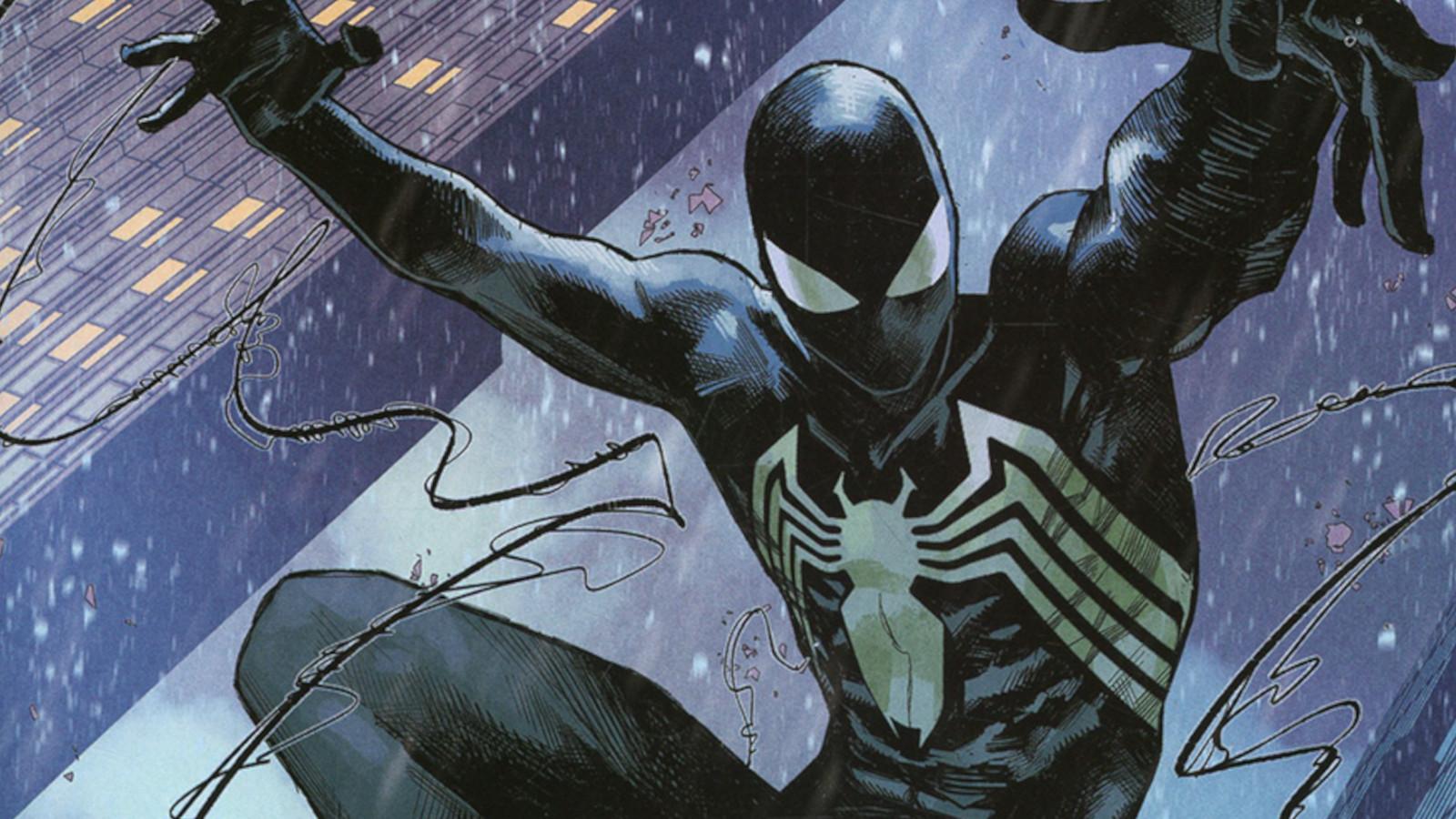Why Spider-Man has web wings explained
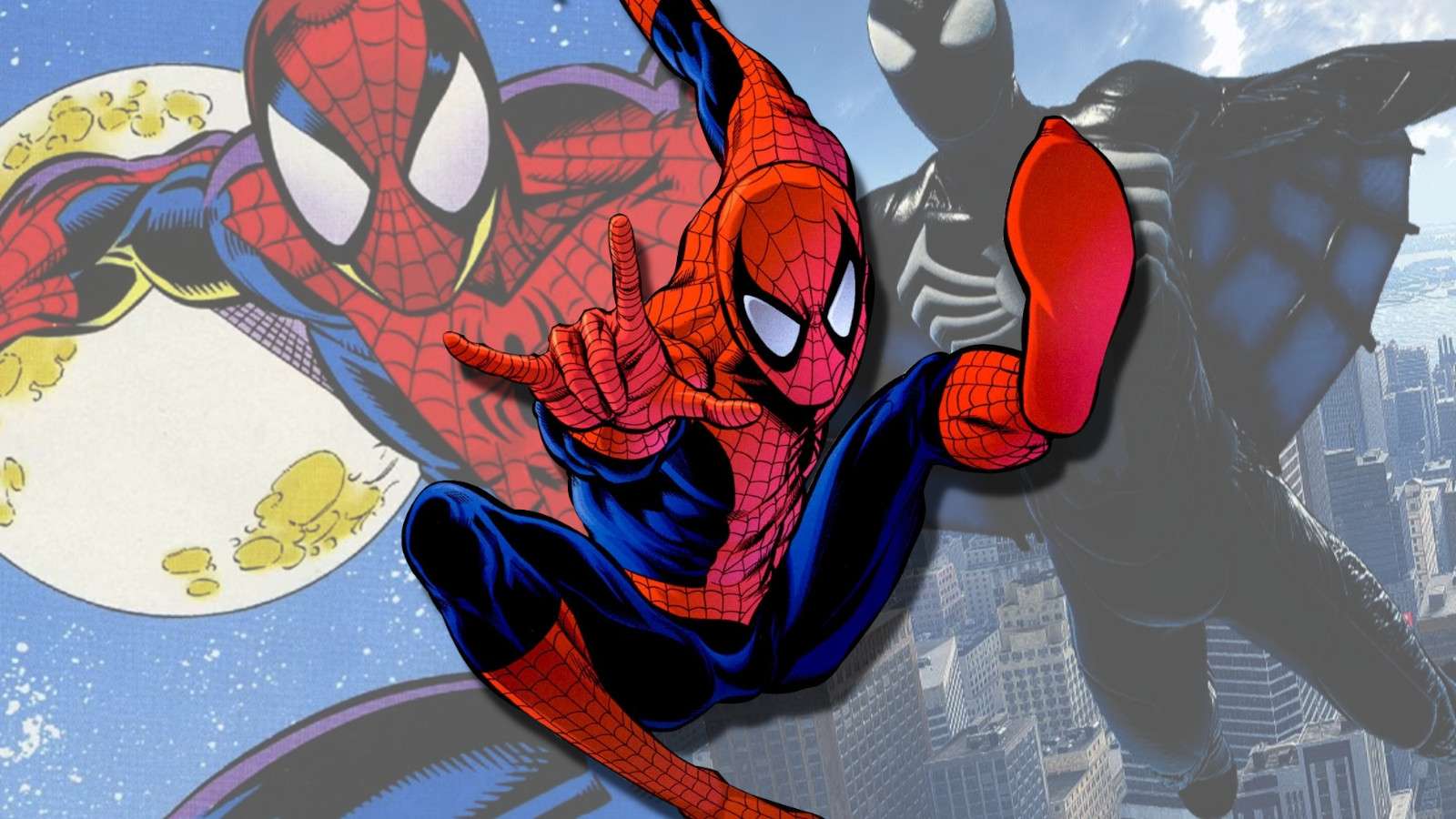 Marvel Comics/Insomniac
Marvel Comics/InsomniacSpider-Man has had webbing under his arms for most of his career, but it wasn’t always practical.
Marvel’s Spider-Man 2 will allow its heroes to traverse the world via web wings, but does this recent addition to Spider-Man canon have a comic counterpart?
Marvel’s Spider-Man 2 is bringing the iconic web wings into gameplay. With a map that’s easily double the size of the original’s and lightning-fast loading speeds, it makes sense that Peter and Miles would want a way to get around.
Still, the sight of a Spider-Man who can glide on web wings is an odd one. Fans are more accustomed to the sight of Spider-Man swinging through the skyline, so to see him in flight is jarring.
While Spidey’s had web wings for decades in the comics, they don’t work the way most fans would think they do. So where does his ability to glide really begin?
Spider-Man’s web wings were originally cosmetic
Spider-Man had web wings in his first appearance, but they were purely cosmetic. Amazing Fantasy #15 established them as a webbing-like cloth that draped under his arms. They served no purpose other than decoration, though, and Spider-Man would regularly have to make implements out of webbing to glide, like parachutes or gliders.
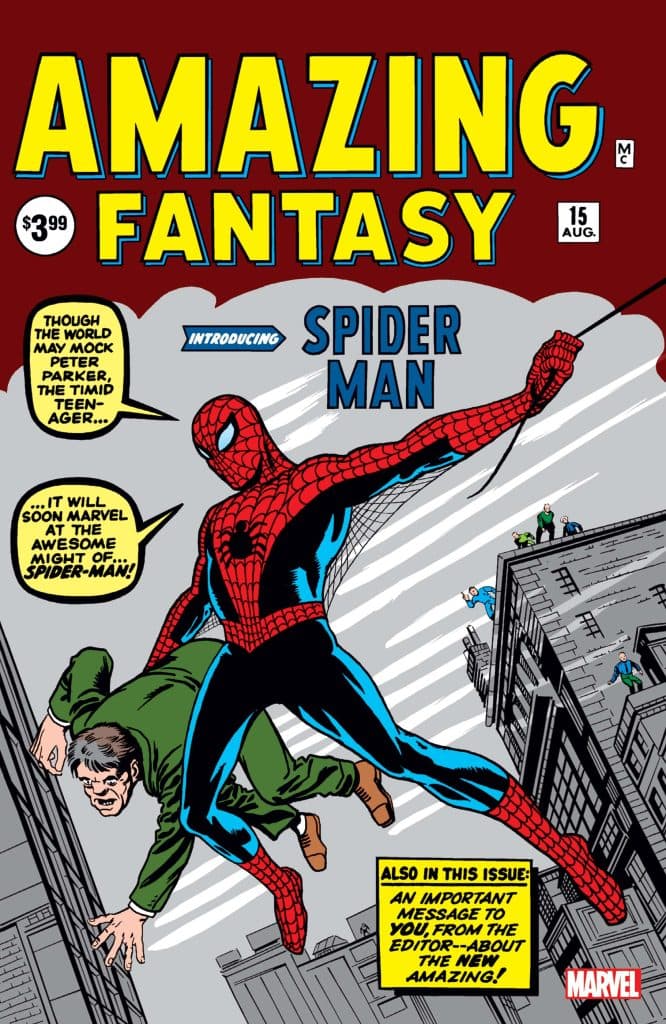 Marvel Comics
Marvel ComicsThe wings were originally just part of the sensationalist aspect of Spider-Man’s costume. Remember, Spidey originally designed his costume not for crime-fighting but for a life as a showman after his stint in wrestling. It’s why the suit is as garish and bombastic as it is.
The web wings have been refined, removed, and returned multiple times over the years, depending on the artist and what suit Spider-Man is wearing at the time. But no matter what, they’ve always been cosmetic in the comic.
The first gliding Spider-Man was Spider-Man 2099
Spider-Man 2099 is the first Spider-Man with gliding capability. It’s thanks to the tattered cloth he wears on his back, which has anti-gravity properties.
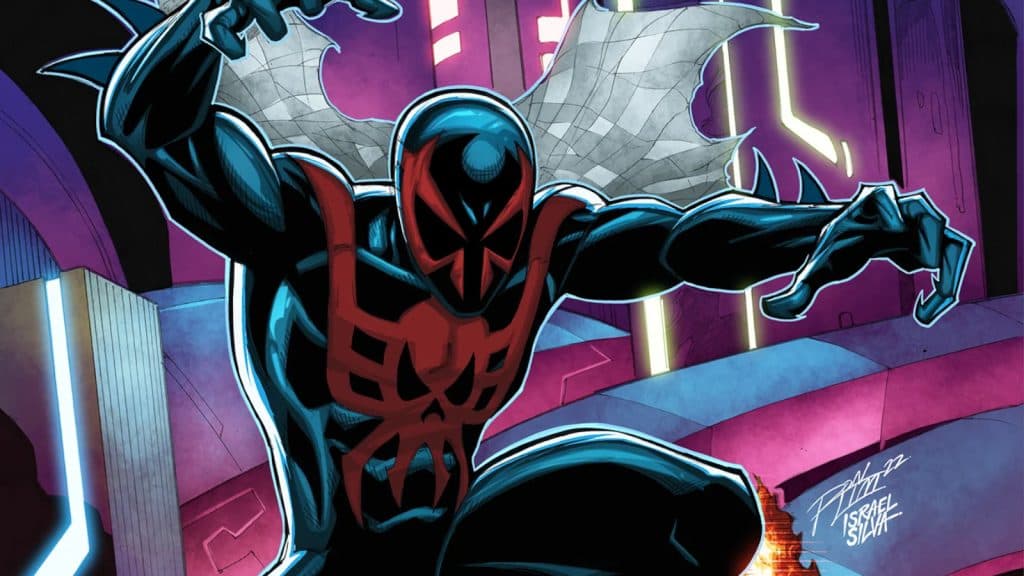 Marvel Comics
Marvel ComicsWhen Spider-Man 2099 receives his powers as a result of a genetic mishap, he goes a little mad at first. Falling from the Alchemax building, the nude Miguel escapes by hitching a ride on a glider piloted by a member of the Church of Thor. The Church member reacted when Miguel said he may be Spider-Man, who he believed was a harbinger of Thor’s return.
He gave Miguel the tattered remains of his glider’s Lyte Byte cloth to cover himself with, insisting that Spider-Man should be masked. The Lyte Byte material allows him to glide by preventing him from reaching terminal velocity.
Later, Spider-Man replaced the Lyte Byte with more traditional underarm web wings on his upgraded white costume from Parker Industries but eventually went back to his original look and cape.
The MCU and Marvel’s Spider-Man 2 introduced proper web wings
Spider-Man debuted actual web wings in Spider-Man: Homecoming. They’re something implemented in the special advanced suits Tony Stark makes for Peter, but Peter keeps them in all his costumes afterward.
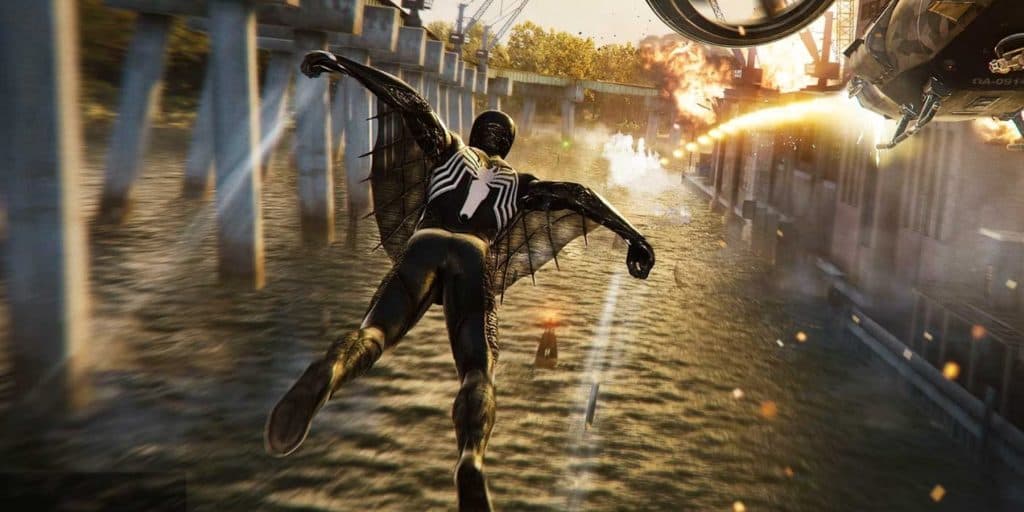 Insomniac
InsomniacThey’re really only seen practically in use during Homecoming’s sequence at the Washington Monument. Outside of that, they’re used mainly for traversal, like the final swing in Far From Home or Peter trying to catch MIT Dean on the bridge in No Way Home.
The final evolution occurs in Marvel’s Spider-Man 2. They’re included as a gameplay mechanic, allowing Peter and Miles to glide through New York in areas where they may not be able to fire a web line without losing speed.
That’s all we have for now on Spider-Man’s web wings, but for more Spider-Man and comic book news, be sure to follow all our coverage.
